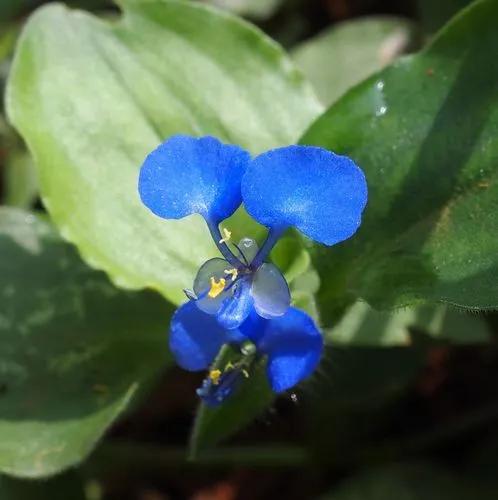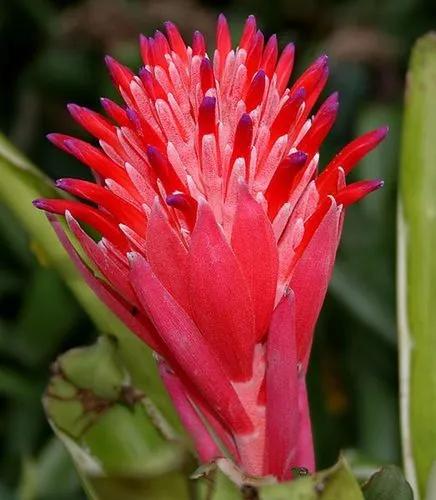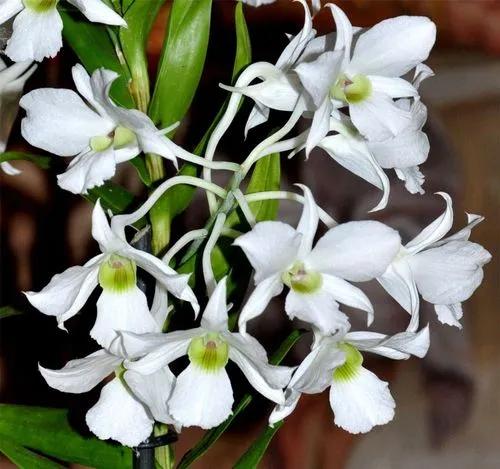Mimetes cucullatus is an evergreen shrub with several, mostly not branching, upright stems of 1–2 m (3–7 ft) high, that has been assigned to the family Proteaceae. It is the most wide-spread and most common pagoda species that can cope with a relatively large range of environmental circumstances. It is known under several names including common pagoda in English and rooistompie in Afrikaans.
Common Pagoda Care
Mimetes Cucullatus



Mimetes cucullatus is an evergreen, upright shrub of 1–2 m (3–7 ft) high, that has a firm woody tuber in the ground, from which several stems rise. These stems are upright, 3–8 mm (0.12–0.32 in) thick, mostly not branching but occasionally forking, initially covered in grey felty hair, but this tends to wear off with age. The leaves are alternately set along the stems, very narrow to broad elliptic or inverted egg-shaped, 2½–5½ cm (1–2¼ in) long and ½–2 cm (0.2–0.8 in) wide.
Young growth is scarlet coloured, turning green lower down the stem. The leaves that subtend the flower heads are inverted fiddle-shaped in outline, folded backwards from the midline out, and during flowering are scarlet in the upper parts, gradually turning through yellowish to green at the base or entirely yellowish with a green base or softly orange.
Discover more plants with the list below
Popular articles






